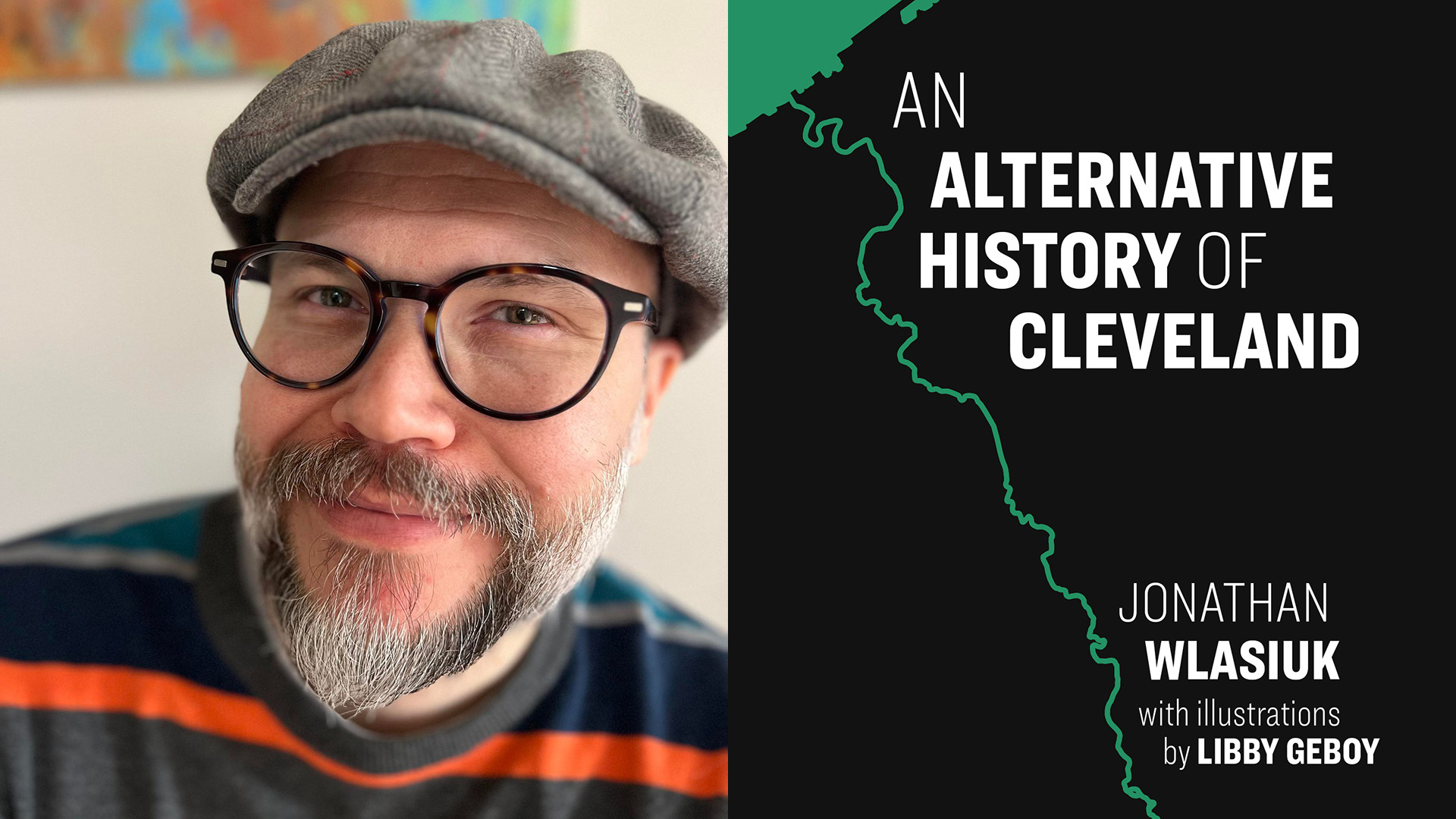By John Perse
As we in Greater Cleveland freeze our way through Earth Month, it seems like it’s the perfect time to highlight a recently released book by Jonathan Wlasiuk. More than just a history of the people and natural environment of Cleveland and Northeast Ohio, Wlasiuk’s An Alternative History of Cleveland is a rallying cry for Clevelanders. Wlasiuk’s hope? Or more accurately his warning? Clevelanders must embrace a better understanding of the relationship among our culture and lifestyles in the modern technological age and the imposition of the natural environment in which we live.
Wlasiuk delves into the natural phenomena of the Cuyahoga River, Lake Erie, and the climate in northeast Ohio and describes the intersection – and more often, the collision – between these timeless environmental realities and how humans in this area have lived in the past and continue to live today. It’s as if Wlasiuk is calling for a revolutionary re-evaluation of this intersection between nature and human society by harkening back to indigenous cultures who understood and embraced the natural environment, rather than modern cultures who have instead ignored the “patterns at work in the environment” and have sacrificed the ethics of community on the altar of profit and “our devotion to individual freedom.”
While admitting that the health of the Northeast Ohio environment has rebounded somewhat in recent decades, and thus, our quality of life, he details the tenuous attempt to balance human social and economic needs with the environmental features of this area. In fact, by citing the massive 2003 electrical grid blackout, and the Norfolk and Southern train derailment in East Palestine, Ohio in 2023, Wlasiuk reminds us that things can still go terribly wrong when there is no balance. In both cases, a collision occurred between complex technological developments and the natural environment. As such, Wlasiuk termed these collisions not as one-time incidents, but rather, as a larger representation of an “adversarial relationship” most modern-day urban and suburban communities have with the environment and the natural world.
In the end, Wlasiuk terms the environmental issues we face today as a “consequence of a two-hundred-year-long war against nature that began with white settlement.” As such, he describes the purpose of this book as an attempt to get today’s inhabitants of Northeast Ohio to look back in time when other cultures utilized different models to live and thrive on the land. He understands, and hopes that we do as well, that modern technology “does not negate the power of the climate and geology” and their impact on our lives. Indeed, in Wlasiuk’s words, “the river, lake, and the land itself abide by their own laws, and we ignore them at our peril.”
